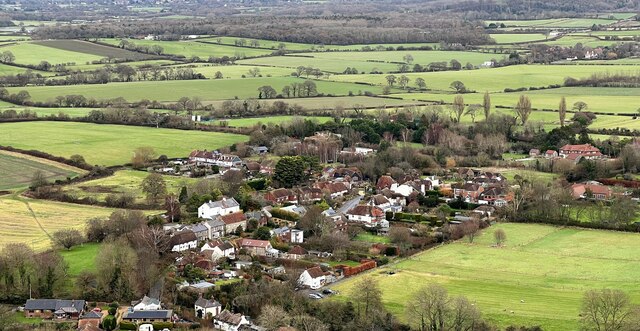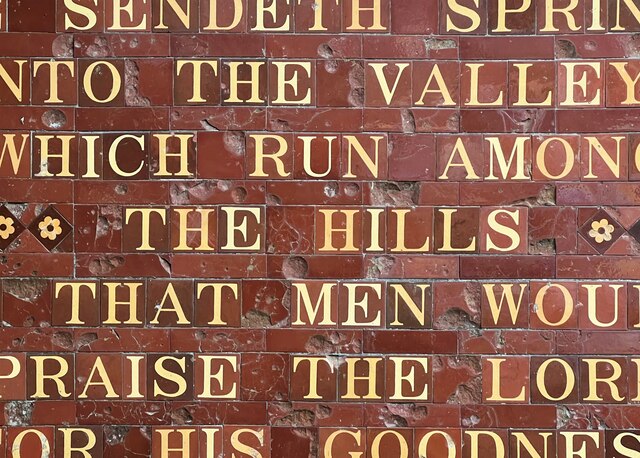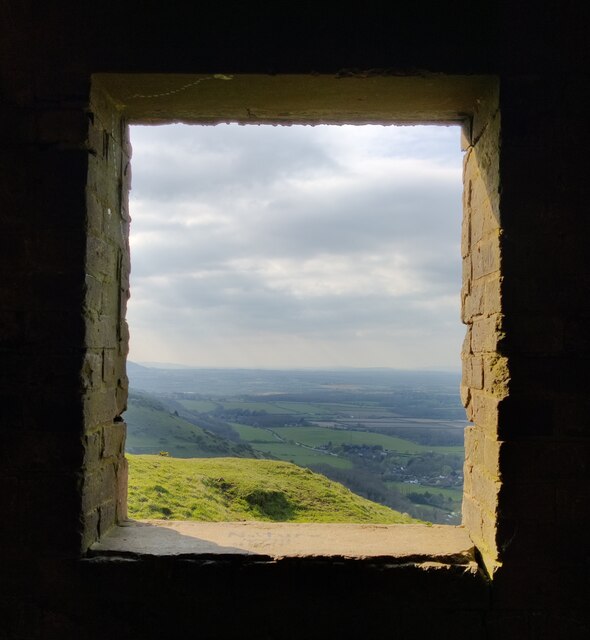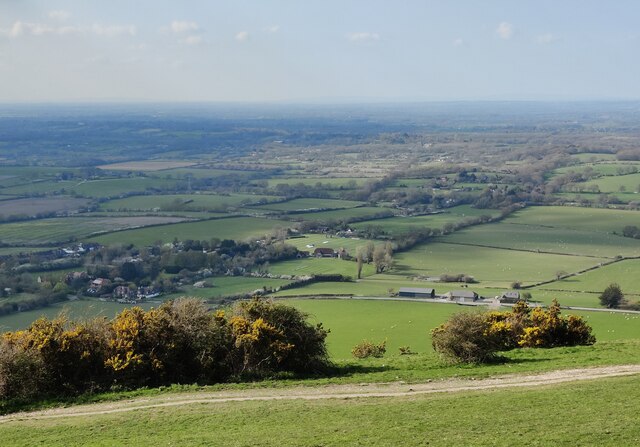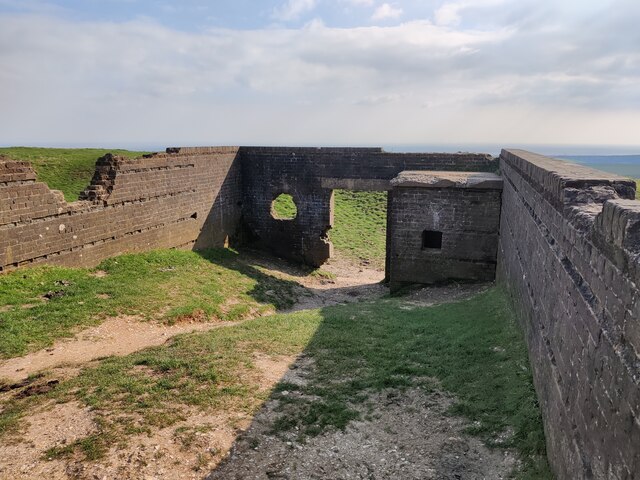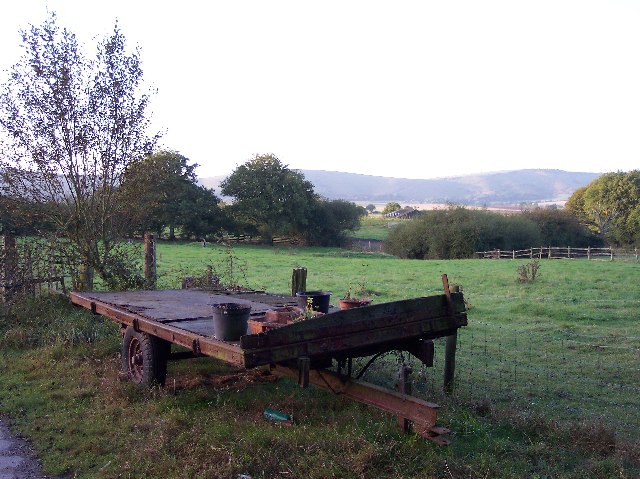Perching Hovel Wood
Wood, Forest in Sussex Mid Sussex
England
Perching Hovel Wood
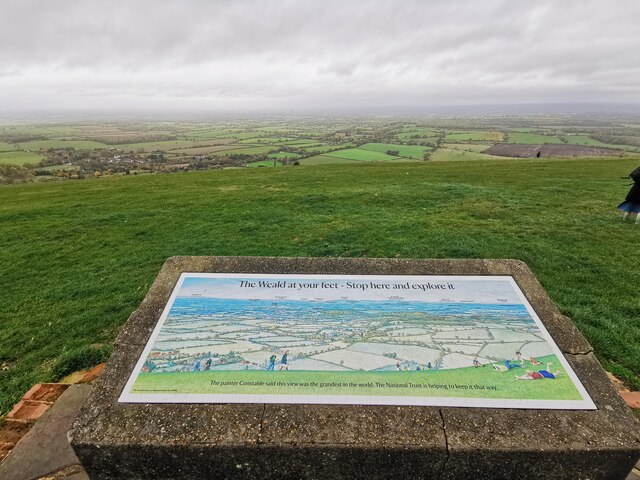
Perching Hovel Wood, located in Sussex, England, is a picturesque woodland area that offers a serene and tranquil escape from bustling city life. Covering an area of approximately 30 acres, this enchanting forest is known for its diverse range of flora and fauna, making it a haven for nature enthusiasts and wildlife lovers alike.
The wood is dominated by a mix of native broadleaf trees, including oak, ash, and beech, which create a dense canopy that filters sunlight and provides a cool and shaded environment. The forest floor is adorned with a carpet of wildflowers, such as bluebells and wood anemones, which burst into vibrant displays during the spring months.
Perching Hovel Wood is also home to a variety of wildlife species, including deer, rabbits, and a plethora of bird species. It is not uncommon to hear the melodious songs of thrushes and warblers as you wander through the woodland trails.
Visitors to Perching Hovel Wood can enjoy a range of activities, from leisurely walks along well-maintained paths to birdwatching and nature photography. The wood is also a popular spot for families, with designated picnic areas and a small playground for children to enjoy.
The management of Perching Hovel Wood is committed to preserving the natural beauty and biodiversity of the area. They regularly undertake conservation efforts, including tree planting and habitat restoration, to ensure the long-term sustainability of the woodland ecosystem.
In conclusion, Perching Hovel Wood in Sussex is a captivating and idyllic woodland destination that offers a peaceful retreat and an opportunity to connect with nature. Whether you are seeking solitude or a family outing, this enchanting forest promises a memorable experience for all who visit.
If you have any feedback on the listing, please let us know in the comments section below.
Perching Hovel Wood Images
Images are sourced within 2km of 50.893045/-0.23811248 or Grid Reference TQ2411. Thanks to Geograph Open Source API. All images are credited.

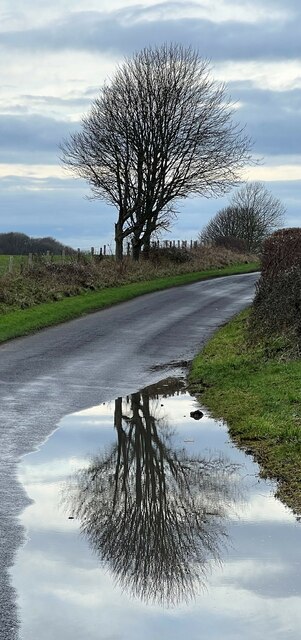
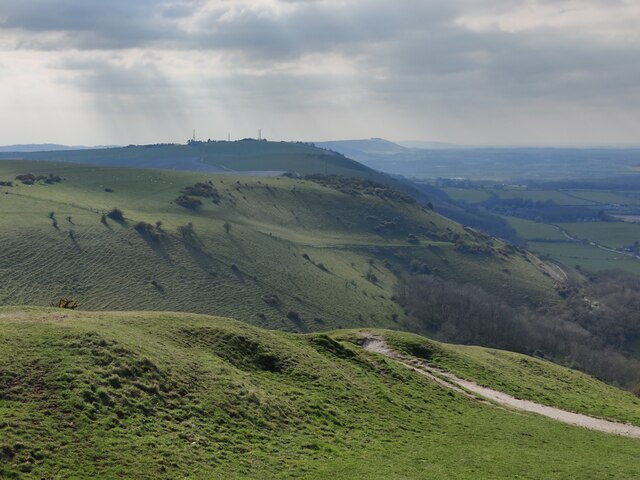

Perching Hovel Wood is located at Grid Ref: TQ2411 (Lat: 50.893045, Lng: -0.23811248)
Administrative County: West Sussex
District: Mid Sussex
Police Authority: Sussex
What 3 Words
///vibes.issued.troll. Near Henfield, West Sussex
Nearby Locations
Related Wikis
Edburton
Edburton is a small village and former civil parish, now in the parish of Upper Beeding, in the Horsham district, in the county of West Sussex, England...
Fulking
Fulking is a village and civil parish in the Mid Sussex District of West Sussex, England. The parish lies wholly with the South Downs National Park. The...
Edburton Castle Ring
Edburton Castle Ring (or Castle Rings) is an archaeological site in West Sussex, England, on the peak of Edburton Hill on the South Downs, near the villages...
Beeding Hill to Newtimber Hill
Beeding Hill to Newtimber Hill is a 321 ha (790-acre) biological and geological Downland Site of Special Scientific Interest (SSSI) north of Shoreham-by...
Nearby Amenities
Located within 500m of 50.893045,-0.23811248Have you been to Perching Hovel Wood?
Leave your review of Perching Hovel Wood below (or comments, questions and feedback).
